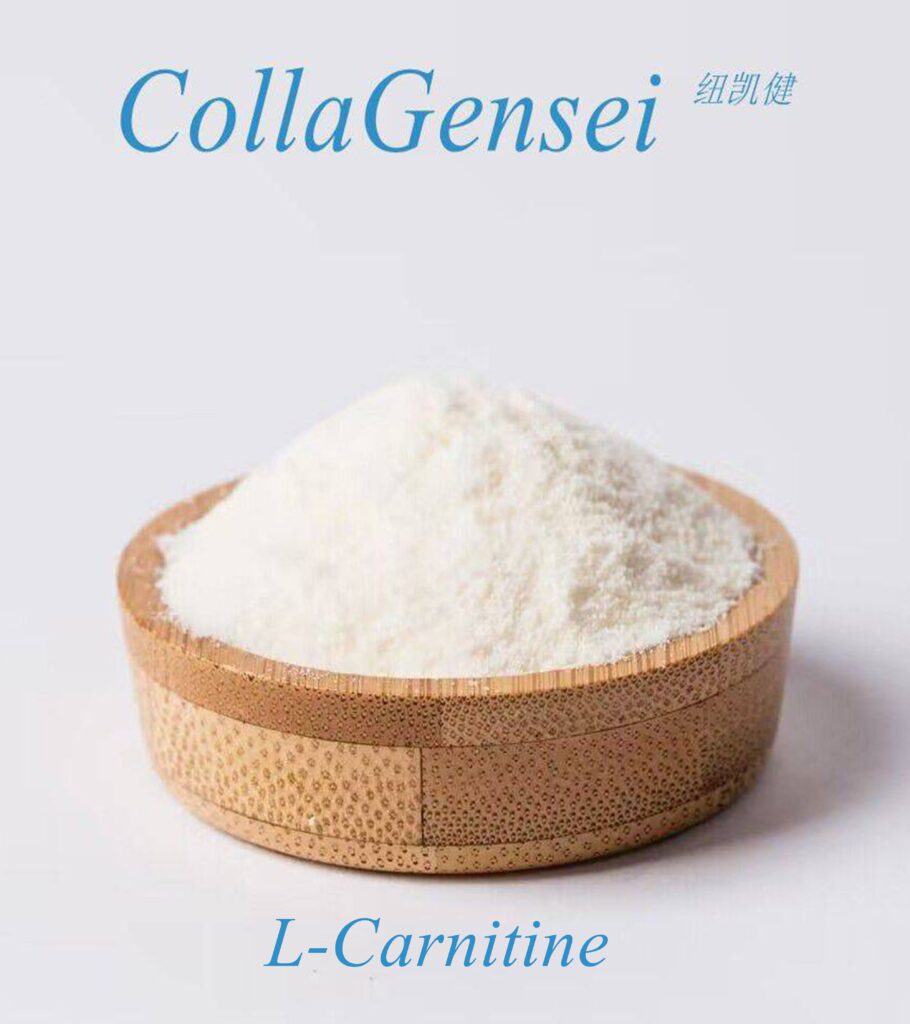What is L-Asparaginase ?
What is Cytarabine ?
L-Asparaginase and Cytarabine are both important chemotherapy agents used in the treatment of leukemia and other types of cancer, but they have very different mechanisms of action, uses, and side effect profiles. Below is a comparison of these two drugs, which highlights their differences and similarities.
L-Asparaginase
L-Asparaginase is an enzyme that is used as part of chemotherapy for treating certain types of cancers, particularly acute lymphoblastic leukemia (ALL) and some types of lymphomas. The enzyme works by breaking down asparagine, an amino acid that some cancer cells require for growth. This deprives the cancer cells of an essential nutrient and inhibits their ability to proliferate.
Key Benefits and Uses of L-Asparaginase:
- Cancer Treatment: L-Asparaginase is most commonly used to treat acute lymphoblastic leukemia (ALL), particularly in pediatric patients, and non-Hodgkin lymphoma.
- Mechanism of Action: It works by breaking down the amino acid asparagine in the blood. Some cancer cells cannot synthesize asparagine on their own and depend on external sources. By reducing asparagine levels, L-Asparaginase “starves” cancer cells, inhibiting their growth and division.
- Selective Targeting: Normal, healthy cells can produce asparagine, but certain cancer cells are deficient in this ability. L-Asparaginase selectively targets these cells, making it an effective treatment for specific cancers.
Cytarabine
Cytarabine, also known as Ara-C, is a chemotherapy drug used primarily to treat acute myeloid leukemia (AML) and acute lymphoblastic leukemia (ALL). It is a nucleoside analog, which means it interferes with DNA synthesis by mimicking the building blocks of DNA and disrupting cell division. Cytarabine is used to treat a variety of blood cancers, including leukemia and lymphoma.
Key Benefits and Uses of Cytarabine:
- Cancer Treatment: Cytarabine is mainly used for acute myeloid leukemia (AML), acute lymphoblastic leukemia (ALL), chronic myelogenous leukemia (CML), and some forms of lymphoma.
- Mechanism of Action: Cytarabine is a nucleoside analog that interferes with DNA synthesis. It gets incorporated into the DNA of rapidly dividing cells, leading to the premature termination of DNA replication and cell death.
- Combination Therapy: Cytarabine is often used in combination with other chemotherapy agents to improve the efficacy of treatment, especially in leukemia regimens.
Key Differences Between L-Asparaginase and Cytarabine
| Aspect | L-Asparaginase | Cytarabine |
|---|---|---|
| Class of Drug | Enzyme (Anti-cancer enzyme) | Nucleoside analog (Anti-cancer chemotherapy agent) |
| Primary Use | Treatment of acute lymphoblastic leukemia (ALL), non-Hodgkin lymphoma | Treatment of acute myeloid leukemia (AML), acute lymphoblastic leukemia (ALL), and lymphomas |
| Mechanism of Action | Breaks down asparagine (an amino acid) to deprive cancer cells of this nutrient | Inhibits DNA synthesis by incorporating into DNA and terminating replication |
| Target Cells | Targets cancer cells that cannot synthesize asparagine (e.g., leukemia cells) | Targets rapidly dividing cells, particularly those in blood cancers (leukemia, lymphoma) |
| Administration | Usually administered via intravenous (IV) injection or infusion | Intravenous (IV) or sometimes subcutaneously (SC) injection |
| Side Effects | Hypersensitivity reactions, liver toxicity, pancreatitis, blood clotting issues, immune system suppression | Nausea, vomiting, bone marrow suppression, mouth sores, diarrhea, fever |
| Effectiveness | Highly effective in treating ALL, especially in pediatric patients | Effective in treating AML, ALL, and certain types of lymphoma |
| Duration of Action | Short-term enzyme action, administered on a weekly basis or as part of a multi-week treatment protocol | Continuous action as part of a chemotherapy regimen, often administered in cyclic doses |
| Typical Combination Therapy | Often combined with other chemotherapy drugs (e.g., methotrexate, vincristine) | Often combined with other chemotherapy drugs (e.g., daunorubicin, idarubicin) |
Similarities Between L-Asparaginase and Cytarabine
- Cancer Treatment: Both L-Asparaginase and Cytarabine are used in the treatment of acute lymphoblastic leukemia (ALL) and other blood cancers, including lymphoma and acute myeloid leukemia (AML).
- Chemotherapy Agents: Both drugs are considered vital components of chemotherapy regimens and are used in combination with other drugs to maximize effectiveness.
- Targeting Rapidly Dividing Cells: While they work through different mechanisms, both drugs primarily target rapidly dividing cells, which is characteristic of cancer cells. L-Asparaginase does so by starving the cells of asparagine, while Cytarabine disrupts DNA replication in dividing cells.
- Administered intravenously: Both drugs are typically administered through intravenous (IV) routes, although the administration schedules and frequency may differ.
Key Differences in Treatment Strategy
- L-Asparaginase targets the nutrient dependency of cancer cells, particularly their reliance on asparagine for growth. It is used particularly for cancers like acute lymphoblastic leukemia (ALL), where cells cannot produce asparagine on their own.
- Cytarabine, on the other hand, works by directly interfering with DNA synthesis. It is often used to treat acute myeloid leukemia (AML), as well as ALL and other types of lymphoma, by disrupting the ability of cancer cells to divide and proliferate.
Side Effect Profile Comparison
- L-Asparaginase: The most common side effects of L-Asparaginase include allergic reactions, liver dysfunction, and pancreatitis. These can range from mild to severe, and patients are monitored closely during treatment. It also can affect the blood clotting system, leading to bleeding or clotting problems.
- Cytarabine: The most common side effects of Cytarabine include bone marrow suppression (leading to low blood counts), nausea, vomiting, and mouth sores. In addition, it may cause temporary hair loss and increase the risk of infections due to its effect on white blood cell counts.
Which Drug is Right for You?
The choice between L-Asparaginase and Cytarabine depends on several factors, including:
- Type of Cancer: L-Asparaginase is typically more effective in treating acute lymphoblastic leukemia (ALL) and non-Hodgkin lymphoma, whereas Cytarabine is used more for acute myeloid leukemia (AML) and ALL, but also for other blood cancers like chronic myelogenous leukemia (CML).
- Treatment Regimen: These two drugs are often used together as part of a combination chemotherapy regimen. For example, ALL patients may receive a combination of L-Asparaginase with Cytarabine, along with other chemotherapy agents.
- Side Effect Management: The side effects of each drug are distinct, so management strategies will depend on which drug is being used. For instance, Cytarabine may require growth factor support (e.g., for neutropenia), while L-Asparaginase may require close monitoring of liver and pancreatic function.
Conclusion
L-Asparaginase and Cytarabine are both valuable tools in the treatment of leukemia and lymphomas, but they function through very different mechanisms. L-Asparaginase works by breaking down asparagine, depriving certain cancer cells of a vital nutrient, while Cytarabine interferes with DNA synthesis, preventing cancer cells from dividing. Both drugs are often used in combination with other agents to maximize their effectiveness and are crucial components of treatment regimens for blood cancers.
Your healthcare provider will determine the appropriate drug based on your specific diagnosis and overall treatment plan, balancing the effectiveness of the drug with its potential side effects.




